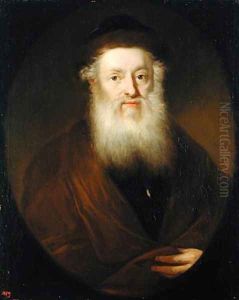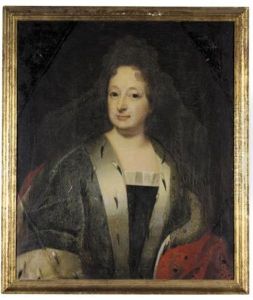Andreas Scheits Paintings
Andreas Scheits, also known as Andries or Andris Scheits, was a German painter who is believed to have been born around 1630, though the exact date and place of his birth remain unknown. His work is less documented than that of many of his contemporaries, and as a result, details about his life and training are somewhat obscure.
Scheits is known to have been active during the second half of the 17th century, a period during which he produced a body of work that comprised mainly of religious subjects, genre scenes, and portraits. His style was deeply influenced by the Dutch and Flemish Baroque traditions, which were prevalent during this era. This influence is evident in his use of dramatic lighting, rich coloration, and his attention to detail, particularly in the rendering of textiles and surfaces.
Despite his obscurity, Andreas Scheits did leave behind a number of works that have been attributed to him. His paintings often exhibit a certain quietude and restraint, which was characteristic of the Northern European Baroque style. One of his most notable works is 'Moses striking the rock', which showcases his ability to depict biblical scenes with a sense of immediacy and dynamism.
The last known records of Scheits's activity date from the late 17th century, and he is believed to have died around the year 1700. The lack of extensive documentation has made it difficult for art historians to fully assess his impact on the art world of his time. Nevertheless, the surviving works by Andreas Scheits provide valuable insights into the lesser-known segments of the 17th-century German art scene and contribute to the broader understanding of European Baroque painting.

